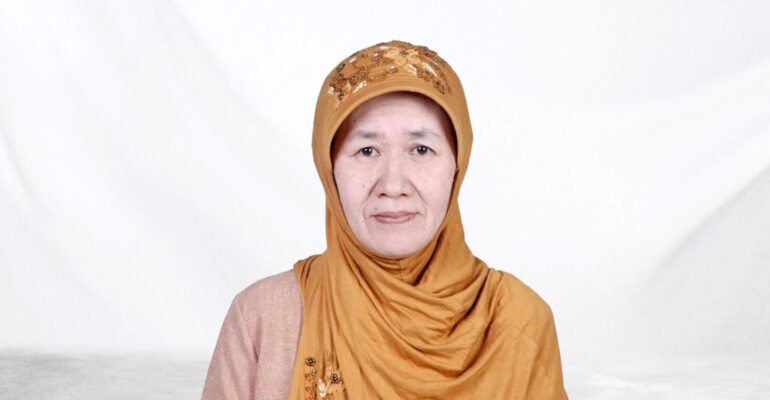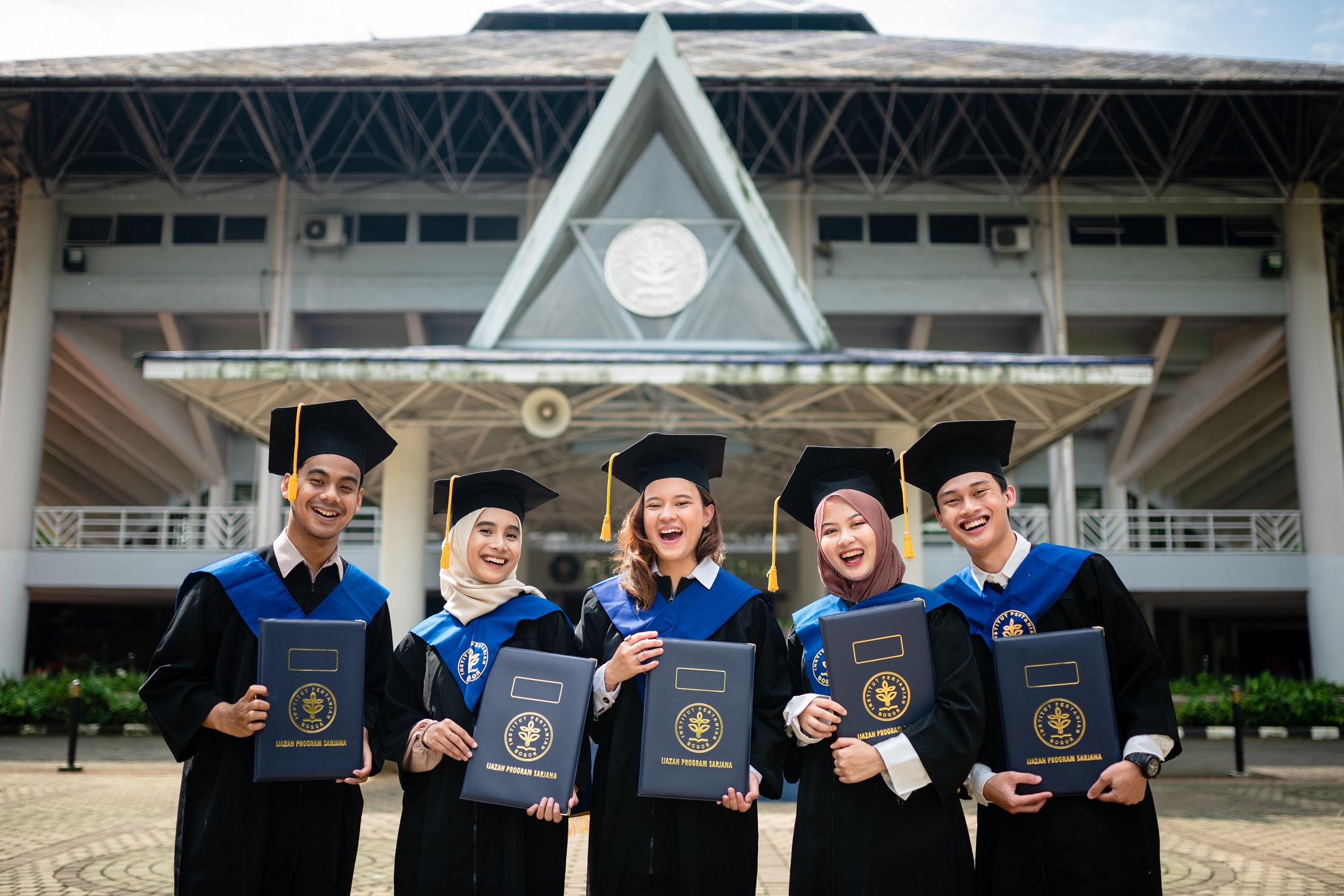Indonesia Experiencing Clean Water Crisis in 2045? IPB University Expert Reminds Us of This on Earth Day

As an archipelago with a growing population, Indonesia faces serious challenges in providing clean water. Earth Day, which is commemorated every April 22, is an important momentum to care more about the preservation of the earth, including maintaining the availability of clean water which is increasingly threatened.
According to a 2020 report by the National Development Planning Agency (Bappenas), several regions in Indonesia will experience clean water scarcity or crisis by 2045. The proportion of water crisis areas is also predicted to increase from 6 percent in 2000 to 9,6 percent in 2045.
Responding to this, Professor of IPB University, Prof Etty Riani said, extreme climate change, rapid urbanization, improper environmental management and less than optimal management of water resources will bring this country into a clean water crisis.
“One of the factors causing the clean water crisis is the conversion of land functions in the upstream and downstream areas from forests, swamps, situ or lakes into built-up land. In fact, in coastal areas there is quite a lot of land conversion from mangrove ecosystems and seagrass ecosystems into built-up land by reclamation,” she explained.
In addition, she continued, along the watershed (DAS) land use change also occurred. In urban areas, river borders are converted into built-up areas. She emphasized that this land conversion generally results in water no longer entering the ground but will run off into the river and then empties into the sea.
“When the river overflows, the water should enter the river border. However, because the riverbanks have become buildings, the water will run off directly into the land and cause floods,” she said.
At the same time, siltation and narrowing of the river due to sedimentation, due to the amount of garbage also reduce the capacity of the river. As a result, rivers easily overflow and flood.
Furthermore, she said, sedimentation occurs due to land clearing. As long as the land is open, if there is rain, erosion will occur which results in siltation of the river to the estuary, and also results in pollution.
“With massive land use change coupled with sedimentation in the river, floods can no longer be avoided,” she said.
Prof Etty added that this condition is exacerbated by climate change that affects the frequency of rain. According to some theories, the increase in monthly rainfall due to climate change can reach up to 40 percent.
Climate change, she said, also causes the La Nina phenomenon, which normally occurs every 2-7 years, to occur faster.
For this reason, she suggested several things that need to be done. First, by continuously raising public awareness. Not just a ‘project’, but this effort must lead to the creation of a water-saving and energy-saving culture in the community.
Second, improving technology for water management so that it can be reused. Third, the utilization of water sources such as reservoirs or embungs and situ.
“Then, create an urban forest for water absorption. Reforest damaged forests and try to plant anywhere, anytime, and by anyone. Minimize climate change by minimizing greenhouse gases (GRK), for example by getting used to walking, reducing the use of motor vehicles, must save energy and avoid unnecessary things, such as the use of air conditioners if not necessary, must be turned off, the use of green energy, and others,” She concluded. (AS)(IAAS/KDP)



